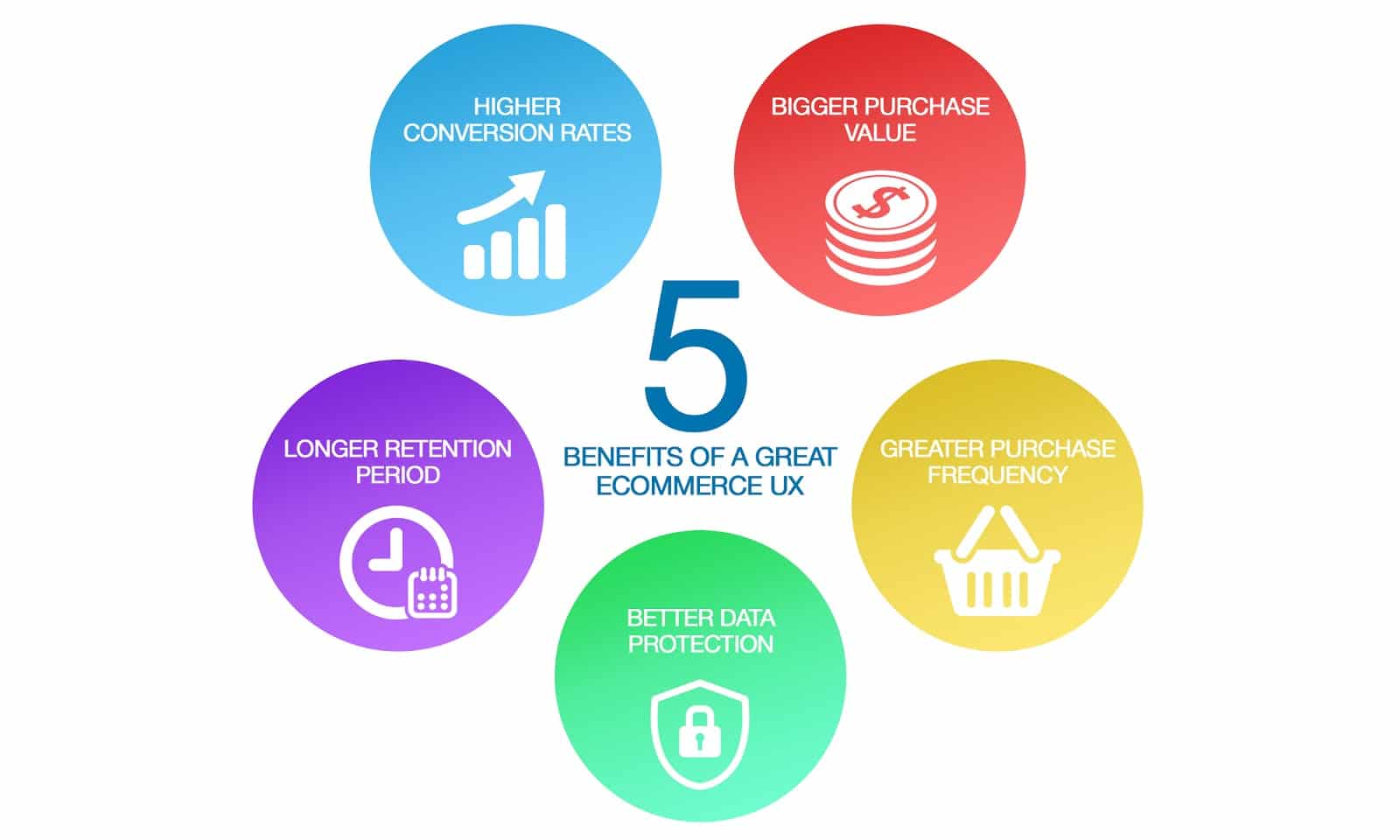
In the competitive world of eCommerce, providing a seamless and enjoyable user experience is crucial for success
An eCommerce website’s user experience encompasses every interaction a customer has with the site, from navigation and product search to checkout and post-purchase support. In this article, we will explore the importance of user experience in eCommerce websites and how it can significantly impact customer satisfaction, conversions, and long-term business growth
First Impressions Matter:
A well-designed and intuitive eCommerce website creates a positive first impression for visitors. Within seconds of landing on a website, users form opinions about its credibility, professionalism, and trustworthiness. A visually appealing and user-friendly interface helps to build trust, encouraging users to explore further and engage with the website.
Seamless Navigation and Product Search:
An eCommerce website should make it easy for users to find what they are looking for. Clear and logical navigation menus, intuitive search functionality, and well-organized product categories contribute to a seamless browsing experience. By simplifying the process of finding products, businesses can reduce friction and increase the likelihood of conversions.
Mobile Responsiveness:
With the growing use of smartphones for online shopping, mobile responsiveness is no longer optional—it is essential. A mobile-friendly eCommerce website ensures that users can easily navigate, browse, and make purchases on their mobile devices. A seamless mobile experience enhances accessibility and caters to the needs of today’s on-the-go consumers.
Speed and Performance:
In the fast-paced digital era, users have little patience for slow-loading websites. A slow website can lead to frustration, increased bounce rates, and lost sales opportunities. Optimizing the website’s speed and performance is crucial to providing a smooth user experience. Fast page loading times, efficient server response, and minimal downtime contribute to a positive user experience and encourage users to stay on the site.
Clear Product Information and Imagery:
In an eCommerce website, users rely on product information and imagery to make informed purchase decisions. High-quality product images, detailed descriptions, accurate specifications, and customer reviews provide the necessary information users need to evaluate products. Clear and comprehensive product information builds trust and reduces uncertainty, increasing the chances of conversions.
Streamlined Checkout Process:
A complicated and lengthy checkout process can lead to cart abandonment. A streamlined and user-friendly checkout process is essential for a positive user experience. Minimizing the number of steps, offering guest checkout options, and providing multiple payment methods contribute to a frictionless checkout process. Simplifying the process reduces barriers to purchase and encourages users to complete transactions.
Personalization and Recommendations:
Personalization plays a significant role in enhancing user experience in eCommerce. By leveraging customer data, businesses can provide personalized recommendations, product suggestions, and tailored offers based on user preferences and browsing history. Personalization creates a more engaging and relevant experience, increasing the chances of conversions and customer loyalty.
Effective Customer Support:
Effective customer support is crucial for maintaining a positive user experience throughout the customer journey. Prompt responses to inquiries, accessible contact information, and clear return and refund policies contribute to customer satisfaction. Providing multiple channels for support, such as live chat or email, allows users to seek assistance when needed, fostering trust and loyalty.
Post-Purchase Engagement:
User experience extends beyond the point of purchase. Engaging with customers after the sale through order confirmations, shipping updates, and personalized follow-up communications enhances the overall experience. Building a relationship with customers post-purchase encourages repeat business, positive reviews, and referrals.
Continuous Improvement:
User experience is not a one-time consideration but an ongoing process of improvement. Regularly gathering user feedback, analyzing website analytics, and testing new features or designs enable businesses to identify areas for improvement and make data-driven optimizations. Continuously evolving the user experience ensures that the eCommerce website stays relevant and competitive in the ever-changing digital landscape.
Conclusion:
User experience is a critical factor in the success of eCommerce websites. A well-designed, intuitive, and customer-centric user experience enhances customer satisfaction, increases conversions, and fosters long-term loyalty. By prioritizing user experience and continuously optimizing the eCommerce website, businesses can create a competitive advantage and thrive in the dynamic world of online retail.

